Photographer’s Powerful Images From the End of the Brutal Gulag System
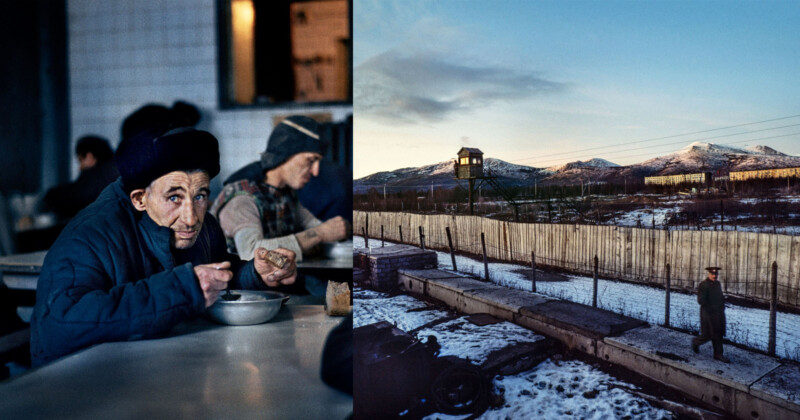
The Gulags were a repressive system of forced labor camps in the Soviet Union that cost the lives of millions of people.
Photographer Barry Lewis arrived in Siberia in 1991 during the glasnost era when the USSR embraced a more open attitude.
Lewis was allowed a rare look at the Gulags in northwest Siberia and captured people who had been broken but ultimately had been lucky to survive. His haunting photos have been collated into a new book.
He captured structures built by the hands of the prisoners who were sometimes incarcerated over something petty like owning a book of forbidden poems.
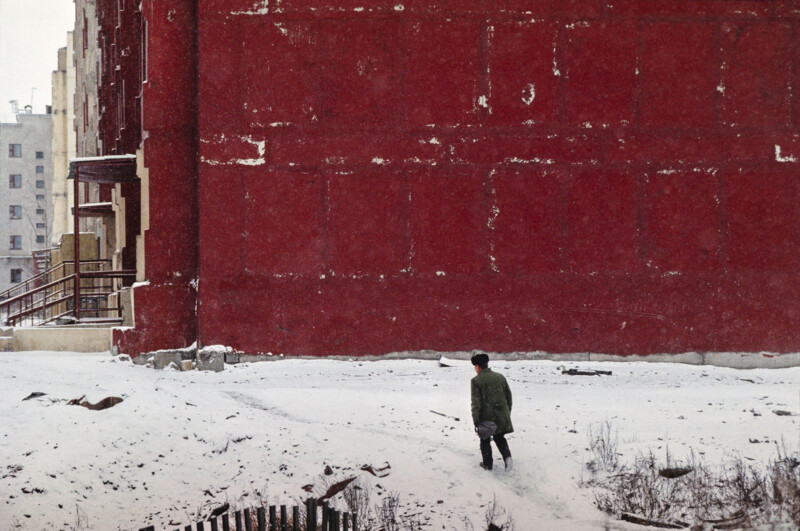
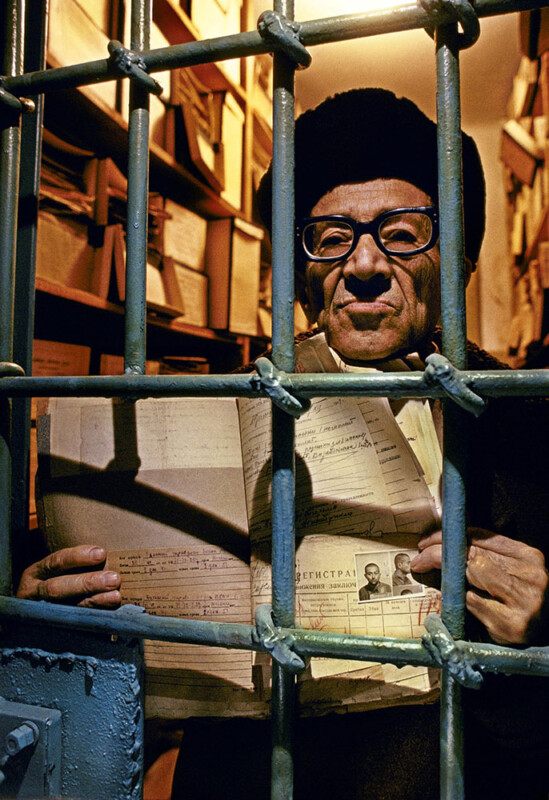
A simple misdemeanor would result in receiving a life of hard labor which many did not survive.
Lewis was commissioned by Geo Magazine to visit the Gulags during the dying days of the Soviet era. The Gulag system was championed by Joseph Stalin who used it as an instrument of political repression — often sending people there without a trial.
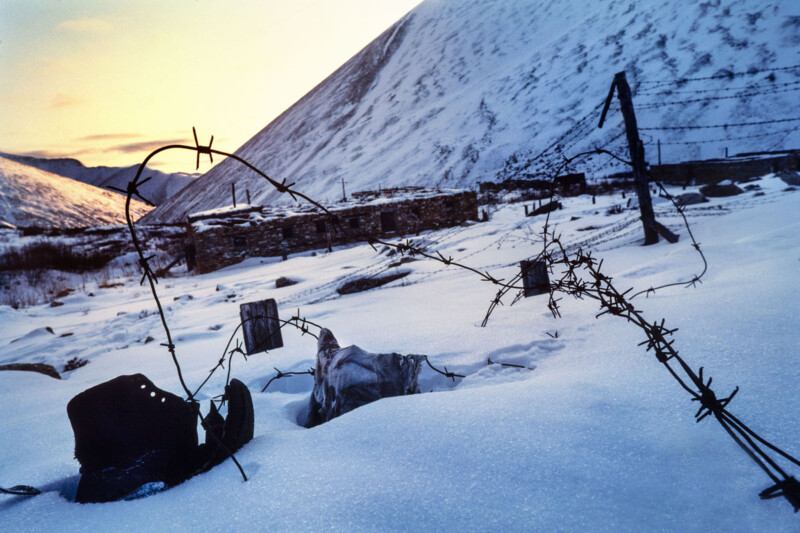
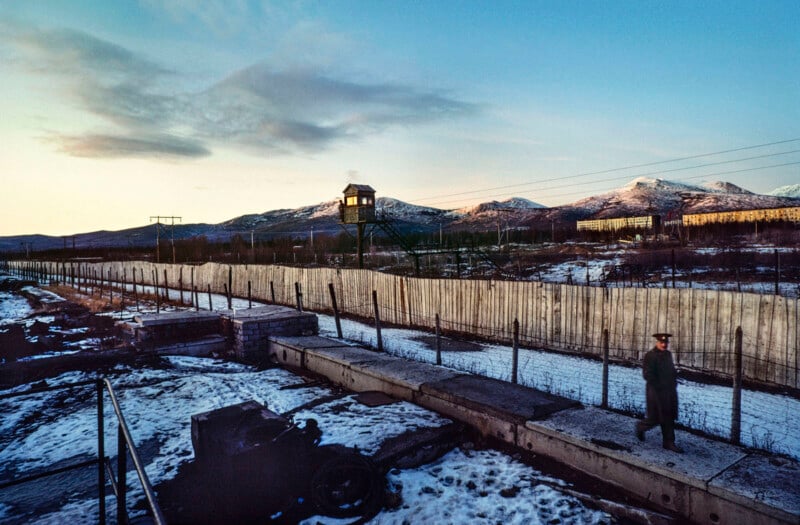
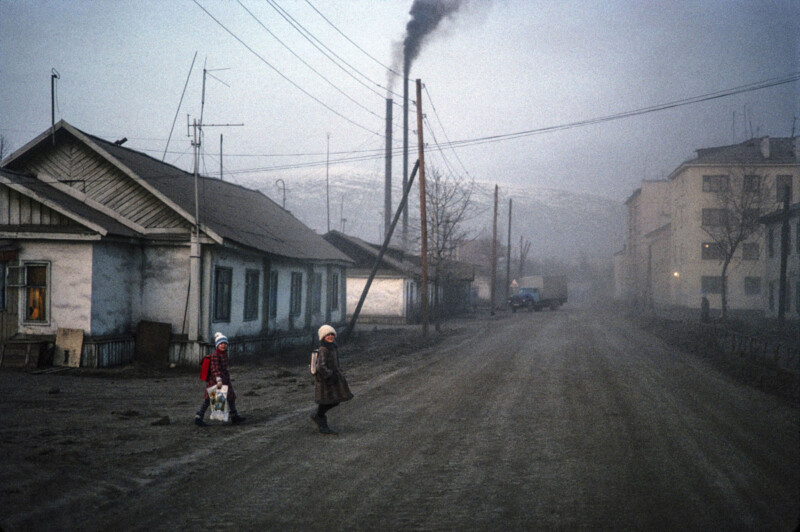
An estimated 18 million people are reported to have been sent to a Gulag from 1930 to 1953 with some two million dying as a direct result of their detention.
After Stalin died in 1953, steps were taken to dismantle the Gulag system with a definitive ending in 1960.
“In 1991, traveling to a Siberian Gulag would have been impossible had it not been for the reforms in the mid-1980s of Mikhail Gorbachev, the last Leader of the Soviet Union, with his drive for political and economic restructuring (perestroika) and his call for a new era of transparency and openness (glasnost),” writes Lewis in his new book.
“These five years were full of a heady hope for a new future for the old empire, as the reforms revealed some of the horrors and inefficiencies of its Soviet past”
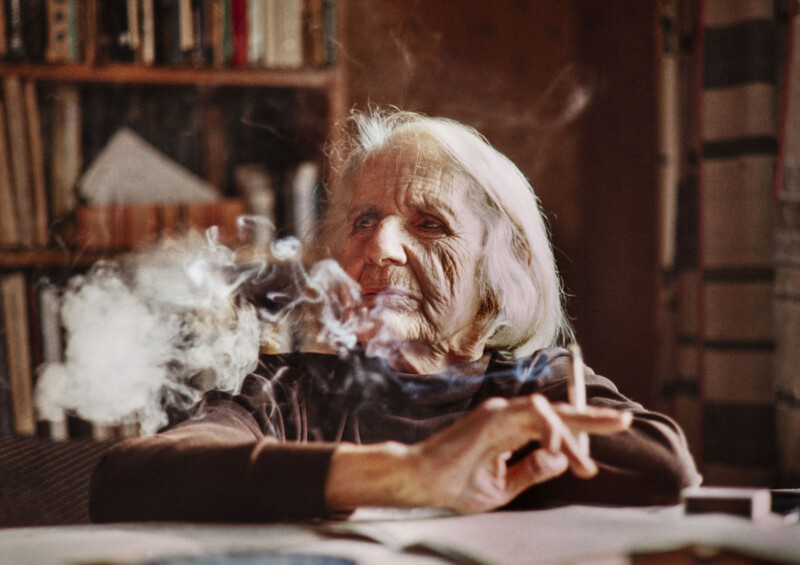
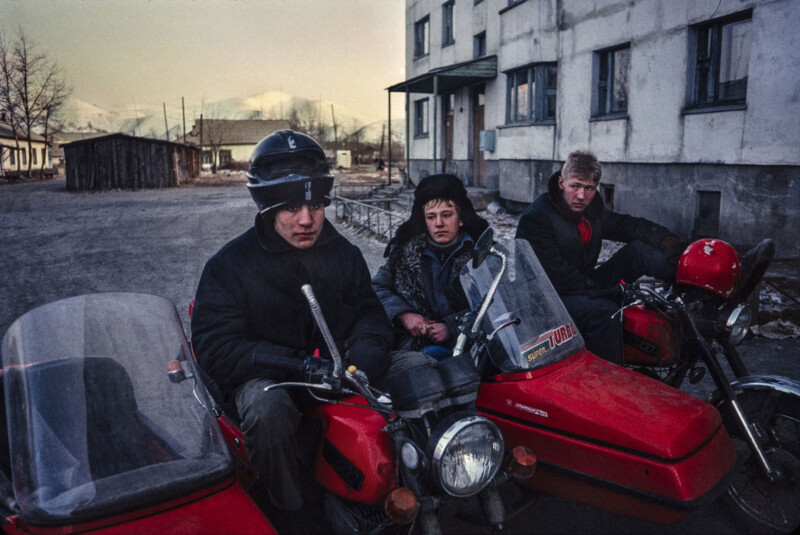
Lewis says he was lucky to benefit from the short period of openness before the Soviet Union completely collapsed and his new book was brought on by Putin’s invasion of Ukraine when he “felt compelled” to reexamine his old archive of photos from the 1991 Siberia trip.
“Since the invasion of Ukraine, Stalin has undergone a total rebrand by the Russian Government; this was closely linked to a rise in nationalism. Any dissenting voices are ruthlessly suppressed and the return to political imprisonment brings uncomfortable echoes of the old Gulag,” he says.
Gulag: A Journey into the Darkness of Stalin’s Siberian Prison Camps by Barry Lewis is available for pre-order now from Fistful of Books and will begin shipping in March.
Image credits: Photographs by Barry Lewis